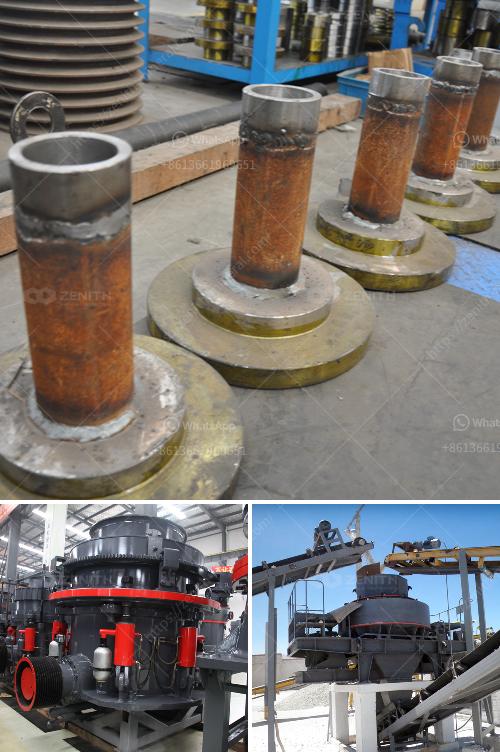Designing an iron ore mine is a complex process that involves several key steps and considerations to ensure the efficient and safe extraction of iron ore. Below are the general steps and important factors to consider:
-
Pre-Feasibility Study:
- Resource Estimation: Conduct extensive drilling and sampling to estimate the quantity and quality of the ore reserves.
- Geological Mapping: Understand the geological characteristics of the deposit to guide mine planning.
- Economic Analysis: Assess the market demand, pricing, and economic viability of the project.
-
Feasibility Study:
- Detailed Geological Surveys: Confirm the extent and grade of the deposit with more precise data.
- Mining Method Selection: Determine the most suitable mining method (open-pit or underground) based on the ore body configuration and economic factors.
- Environmental Impact Assessment (EIA): Evaluate the environmental implications and obtain necessary permits.
- Infrastructure Requirements: Plan for access roads, power supply, water management, and facilities for workers.
-
Mine Design and Planning:
- Mine Layout: Design the spatial arrangement of mining areas, including pits or underground tunnels, waste dumps, and processing plants.
- Scheduling: Develop a detailed mine development schedule, including production rates, overburden removal, and ore extraction timelines.
- Equipment Selection: Choose appropriate machinery and equipment for mining and ore processing.
- Slope Stability and Safety: Ensure the design maintains slope stability for open-pit mines or ground support for underground mines to prevent collapses.
-
Impact Mitigation:
- Environmental Management: Implement measures to minimize the environmental footprint, including waste management, dust control, and water management.
- Community Engagement: Engage with local communities to address their concerns and create opportunities for local employment.
-
Construction and Development:
- Infrastructure Development: Build necessary infrastructure as per the design, including roads, processing plants, and worker accommodations.
- Mining Operations: Begin ore extraction following the planned sequence and methods.
- Training and Safety: Train operators and ensure adherence to high safety standards to protect workers and the environment.
-
Operational Management:
- Monitoring: Continuously monitor mining activities, environmental impact, and ore quality.
- Optimization: Refine processes and operations for better efficiency and reduced costs.
- Compliance: Maintain compliance with regulatory standards and environmental guidelines.
-
Reclamation and Closure:
- Closure Plan: Develop a closure plan that includes reclamation of the mining site, ensuring that the land can be returned to a natural or economically usable state.
- Rehabilitation: Conduct rehabilitation activities such as re-contouring land, planting vegetation, and managing water resources to restore the environmental balance.
Each of these steps requires careful planning, engineering expertise, environmental consideration, and effective management practices to successfully design and implement an iron ore mining project. Ensuring sustainability and community involvement are key to the long-term success and acceptance of the mining operation.

